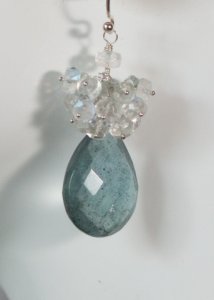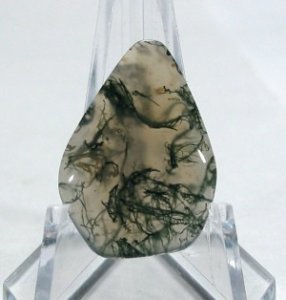mimB
Shiny_Rock
- Joined
- Feb 2, 2012
- Messages
- 117
My question is about Moss Aquamarine, which is often seen in bead form (I know that's sort of a taboo subject here, since beads are treated far more than faceted loose stones): is it commonly heat treated to enhance color?
I know that non-included aqua is often heat treated, sometimes irradiated and now even resin filled, but I cannot find ANY useful info about Moss Aqua treatments online.
I'm attaching a photo of what I tend to consider good bead quality material for Moss Aqua - you can see the tiny black iron inclusions.
Thank you guys regardless!

I know that non-included aqua is often heat treated, sometimes irradiated and now even resin filled, but I cannot find ANY useful info about Moss Aqua treatments online.
I'm attaching a photo of what I tend to consider good bead quality material for Moss Aqua - you can see the tiny black iron inclusions.
Thank you guys regardless!






300x240.png)